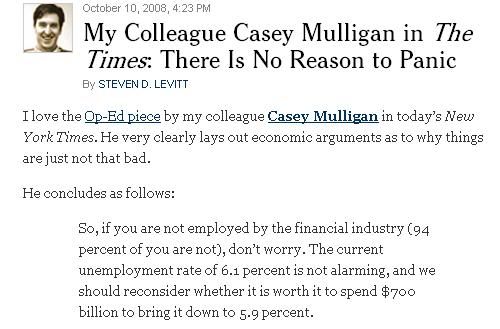•You just cut the IRS and all the accountants at Treasury, which means that the actual revenue you have to spend is $0.
•The nation's nuclear arsenal is no longer being watched or maintained
•The doors of federal prisons have been thrown open, because none of the guards will work without being paid, and the vendors will not deliver food, medical supplies, electricity,etc.
•The border control stations are entirely unmanned, so anyone who can buy a plane ticket, or stroll across the Mexican border, is entering the country. All the illegal immigrants currently in detention are released, since we don't have the money to put them on a plane, and we cannot actually simply leave them in a cell without electricity, sanitation, or food to see what happens.
•All of our troops stationed abroad quickly run out of electricity or fuel. Many of them are sitting in a desert with billions worth of equipment, and no way to get themselves or their equipment back to the US.
•Our embassies are no longer operating, which will make things difficult for foreign travellers
•No federal emergency assistance, or help fighting things like wildfires or floods. Sorry, tornado people! Sorry, wildfire victims! Try to live in the northeast next time!
•Housing projects shut down, and Section 8 vouchers are not paid. Families hit the streets.
•The money your local school district was expecting at the October 1 commencement of the 2012 fiscal year does not materialize, making it unclear who's going to be teaching your kids without a special property tax assessment.
•The market for guaranteed student loans plunges into chaos. Hope your kid wasn't going to college this year!
•The mortgage market evaporates. Hope you didn't need to buy or sell a house!
•The FDIC and the PBGC suddenly don't have a government backstop for their funds, which has all sorts of interesting implications for your bank account.
•The TSA shuts down. Yay! But don't worry about terrorist attacks, you TSA-lovers, because air traffic control shut down too. Hope you don't have a vacation planned in August, much less any work travel.
•Unemployment money is no longer going to the states, which means that pretty soon, it won't be going to the unemployed people.
I think that this post highlights just how desperately we need to increase tax revenues. Even if we might one day repeal them in the face of a lower burden of government spending, the most logical equilibrium seems to be to pay more now and reduce taxes once we work out what we don't want the government to do.
I also have no patience for the dynamic Laffer Curve -- as Noah Smith so nicely pointed out, that line of argument rather suggests Sub-Saharan Africa should have emerged as the great power after the horrible tax policy of the European, Asian, and American nations. Taxes can have bad effects but so can persistent unemployment!


